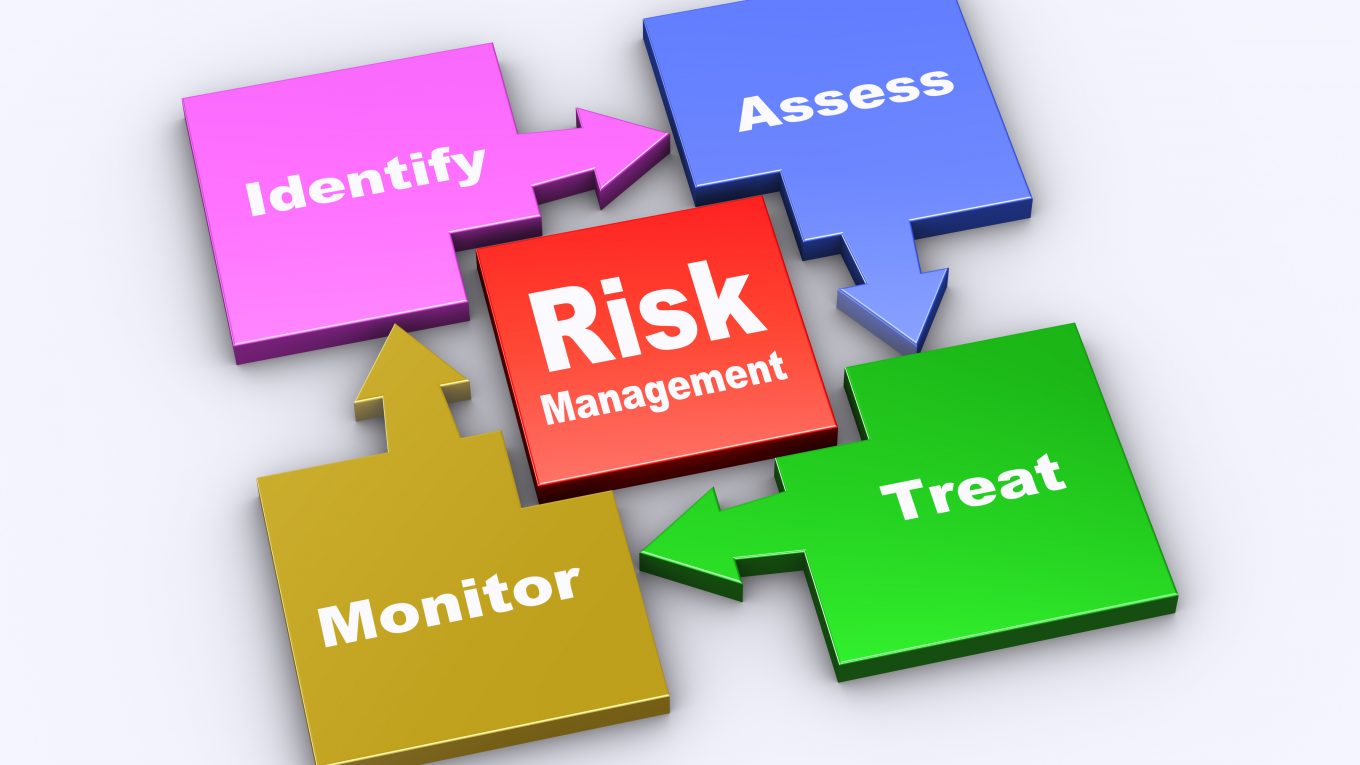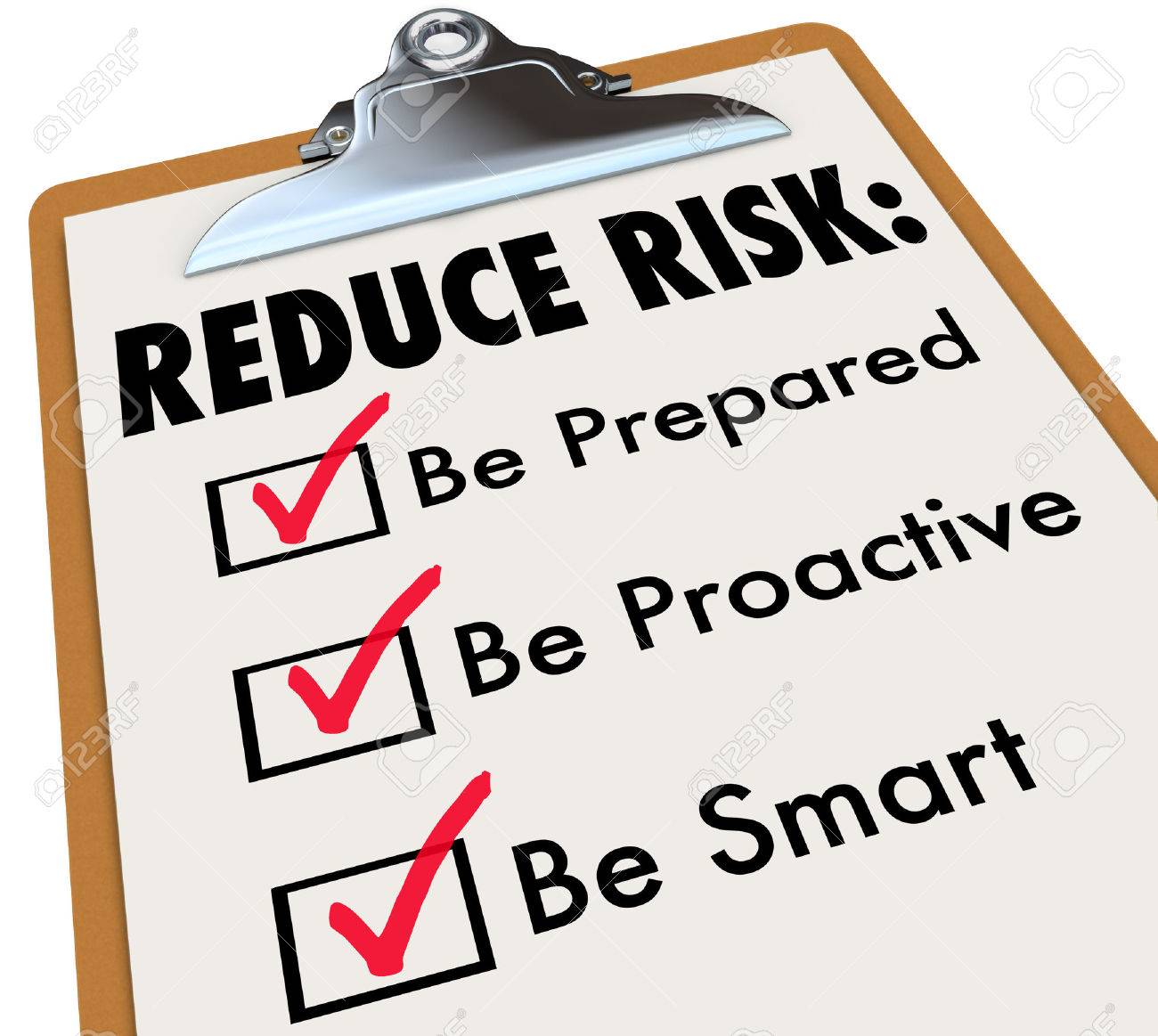We lost our cork screw motion during the night, courtesy of the swell changing to a direction a bit more onto the beam and thus the stabilizers could do their job. To the relief of some of our guests, but the swimmers did enjoy the slow rolling of the pool when swimming. When the pool water gets too wild we close the pools but when it is only a gentle roll it is quite pleasant to be lifted up by the water and to be lowered again. Not for nothing are wave pools ashore very popular, there they have to be constructed with complicated equipment, here on the ships we get them free of charge whenever Mother Nature feels like it.
Yesterday I mentioned that we did not see any birds at all but this morning there were some, taking a rest on the Jack stay of the ship. (Flag pole on the bow) before flying back to the islands of the Bahamas. I do not know the type but they were a crossing between a starling and a small pelican. Sitting nicely on the pole at the bow because the wind was dead astern and thus no turbulence around the super structure. Only two seats were available on the pole, so when number three arrived there was a good amount of squabbling going on about who should have a seat. A nice diversion for the Navigators and the Quartermasters looking out of the window.
My work is focused at the moment on situational awareness of the crew. All our crew is very well trained ashore before they come to the ship and then on board with constant training refreshers and drills. They all know what to do and how to do it. What helps from my side is to remind them that they can and should do it. When something happens, take action at once. And they do, we achieve that by explaining what happens when they call in with an emergency or another important issue. And nothing is not important enough not to be mentioned. Golden Rule: If you think it is important, then it is important.

The Risk Management World loves diagrams. So we have them as well. And we pack the first 3 steps in the first 10 minutes of an occurrence.
That is step 1. Step 2 is create understanding that a quick reaction will reduce a dangerous situation to a small problem or to a challenge that can be easily dealt with. Experience with ship calamities in the past (fires, flooding, accidents, incidents) have taught us the important lesson, that if you can get a situation under control within 10 minutes, then it remains controllable. That is why our Fires teams have to be on location in full gear within 10 minutes and that is why (with an engine fire) Chief Engineer and Captain have to decide if CO2 release is necessary. Thus all our routines are based on dealing with this 10 minute window.

The clipboard / check list which is inside every crew members head. Only three steps and the rest will fall into place.
And the crew is at the beginning of this. If they see something, and do or say something at once then the 10 minute window is within reach. We often see that great ship disasters were the result of in activity in the first 10 minutes and then it became impossible to pull back from the edge. Thus crew is taught to take action at once. That is the order. I provide the motivation behind it. What happens when they take action, how the ships “machinery” will react to it and that their first initial action will prevent a major catastrophe.
Our Holland America system is (and other companies are basically the same):
- An issue occurs
- An issue is observed
- An issue is reported at once, with a full situational report (we train on that)
- Within 3 minutes there is professional back on location
- With a major issue (such as fire) the fire teams are on location within 10 minutes
- 5 minutes later it is all under control and the situation is stabilized.
We cannot make that 5 minutes if we do not have that 10 minutes reaction period. And thus the crew is taken through the paces of a Response Reaction Cycle by me, so they understand that their initial reaction is critical to the whole sequence. Most of the big disasters that shook the shipping world, can be led back to failing to adhere to this 10 minute window of correct and instant action.
We are sailing tonight through the Bahamas and will then be at the Fort Lauderdale at the pilot station at 05.30. We will be together with the Koningsdam, at the same time, and the pilots will have to figure out who goes first. Berth 26 or Berth 19. That is what we pay them for.
Weather for tomorrow: Partly Cloudy with a temperature or 27oC / 81oF and a gentle to moderate breeze.

February 12, 2020 at 1:29 am
I love reading about your adventures and it was great to meet you aboard ship. Just wondered if you could make any comments about this virus problem before we make our next cruise in April. Thanks.
February 13, 2020 at 12:36 am
Thank you for reading my blog.
For the current health issues going on, the best thing is to keep looking on the Holland America Line blog, as the company has been constantly posting updates. Hopefully it will all by over by April, but keep an eye on the HAL blog.
Best regards
Capt. Albert
February 12, 2020 at 2:58 pm
Very interesting breakdown of your 10 minute drills! Thank you for sharing. Very reassuring.